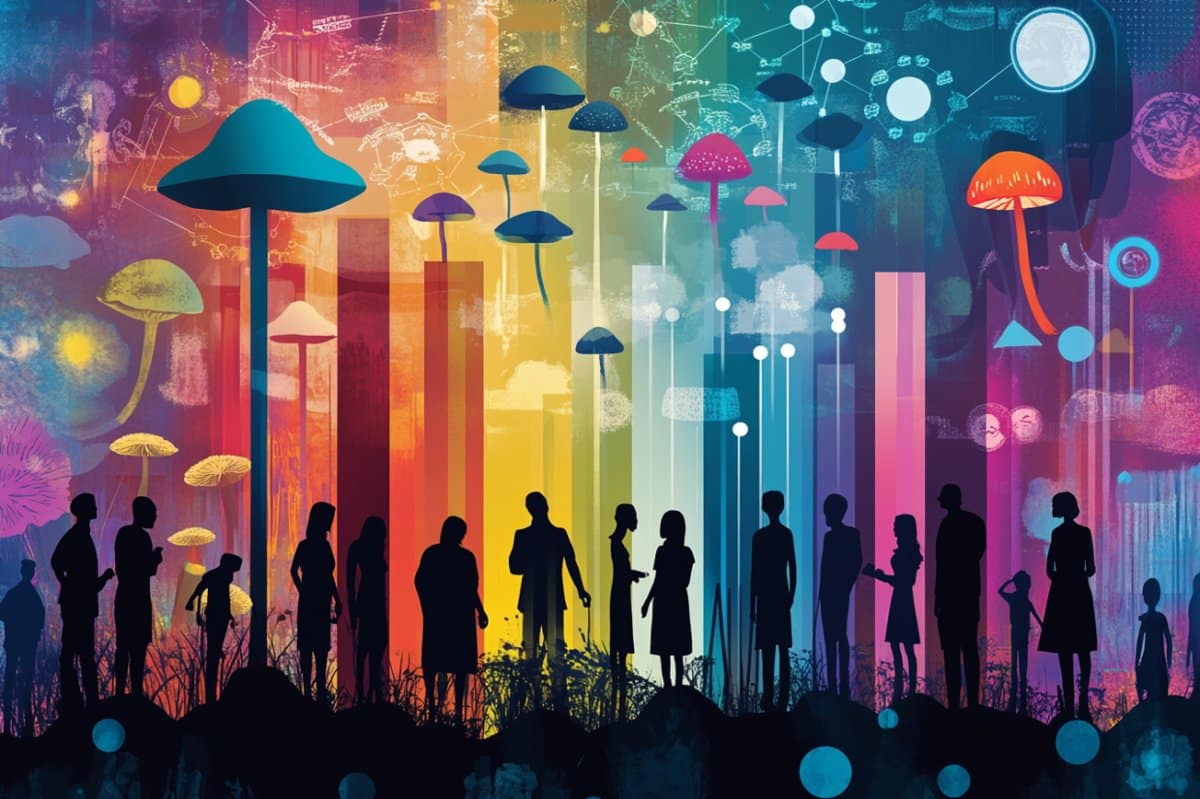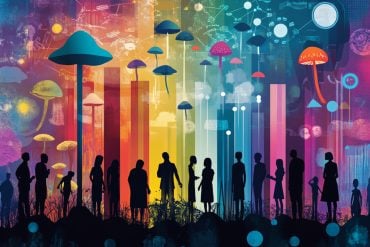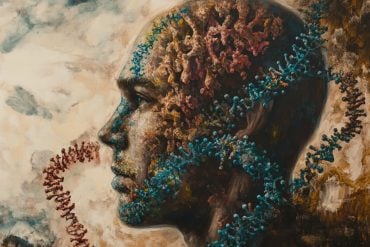Summary: Psilocybin use in the U.S. has risen sharply across all age groups since 2019, coinciding with increasing legalization and interest in its therapeutic potential. A new study reveals a 44% rise in past-year use among young adults and a 188% increase among those over 30.
While many users report mental health issues or chronic pain, poison center calls linked to psilocybin have also skyrocketed—especially among teens and children. The findings highlight the urgent need for better tracking, public education, and healthcare preparedness as interest outpaces regulation.
Key Facts:
- Rapid Rise: Psilocybin use jumped from 10% to 12.1% of U.S. adults between 2019 and 2023.
- Health Risks: Poison center calls increased by 201% in adults and 723% in children.
- Demographic Shift: The largest increases in use were among young adults and people over 30.
Source: University of Colorado
Use of psilocybin, the hallucinogenic chemical found in what is known as “magic mushrooms,” has increased significantly nationwide since 2019, according to a new study led by researchers at the University of Colorado Anschutz Medical Campus and Rocky Mountain Poison and Drug Safety.
The study was published today in the Annals of Internal Medicine.
The researchers found that psilocybin use increased across all age groups, with the largest rise in young adults and older adults.
“We found that since 2019, the number of people using psilocybin has gone up sharply,” said Karilynn Rockhill, PhD, co-lead author of the study and researcher at the Colorado School of Public Health.
“This seems to line up with when some U.S. states began to decriminalize or legalize it.”
Some of the most significant findings include:
- Lifetime use among adults rose from 10% in 2019 (about 25 million people) to 12.1% in 2023 (over 31 million people).
- Past-year use increased by 44% among young adults (ages 18–29) and 188% among adults over 30.
- People with mental health conditions or chronic pain were more likely to report using psilocybin.
- Psilocybin-related poison center calls rose dramatically. 201% in adults, 317% in teens and 723% in children between 2019 and 2023.
- In 2023, more adults used psilocybin than drugs like cocaine, LSD, methamphetamine or illegal opioids.
“What really surprised us was how quickly these numbers changed and how many people using psilocybin had conditions like depression, anxiety or chronic pain,” said Rockhill.
“New laws or growing interest in its potential mental health benefits may be prompting people to seek psilocybin as a form of self-treatment.”
Psilocybin has been studied as a possible treatment for conditions like PTSD, depression and substance use disorders, though it is not yet approved by the US Food and Drug Administration (FDA).
“Public views on psilocybin are shifting. However, that means we also need to make sure people understand the risks, know how to use it safely if they choose to and that health care systems are prepared,” said Joshua Black, PhD, co-lead author and senior scientist at Rocky Mountain Poison and Drug Safety, a division of Denver Health.
The study also revealed a gap in how well current medical coding systems track psilocybin-related problems in emergency departments. While poison center calls have gone way up, very few cases are recorded in hospital ambulatory data.
“If hospitals and public health systems aren’t seeing the full picture, they can’t respond appropriately,” said Black. “Improved tracking tools and education are critical as more states consider regulating or legalizing psilocybin.”
The study utilized data from five major national surveys from 2014-2023. Data was used from the National Survey on Drug Use and Health (NSDUH), the Survey of Non-Medical Use of Prescription Drugs (NMURx), Monitoring the Future (MTF), the National Poison Data System (NPDS) and the National Hospital Ambulatory Medical Care Survey (NHAMCS).
This was a collaborative project with the Substance Abuse and Mental Health Administration (SAMHSA), but the views expressed here are those of the authors and may not represent the positions of SAMHSA.
About this psychopharmacology research news
Author: Laura Kelley
Source: University of Colorado
Contact: Laura Kelley – University of Colorado
Image: The image is credited to Neuroscience News
Original Research: Closed access.
“The Rise of Psilocybin Use in the United States: A Multisource Observational Study” by Karilynn Rockhill et al. Annals of Internal Medicine
Abstract
The Rise of Psilocybin Use in the United States: A Multisource Observational Study
Background: Psilocybin is being studied as a potential treatment of mental health and substance use disorders. As the first hallucinogenic substance decriminalized in some states within the United States, patterns of psilocybin use have likely changed.
Objective: To quantify change in prevalence and health care utilization of psilocybin users between 2014 and 2023.
Methods: We included 5 nationally representative data sets: the National Survey on Drug Use and Health (NSDUH), the Survey of Non-Medical Use of Prescription Drugs (NMURx), Monitoring the Future (MTF), the National Poison Data System (NPDS), and the National Hospital Ambulatory Medical Care Survey (NHAMCS)







